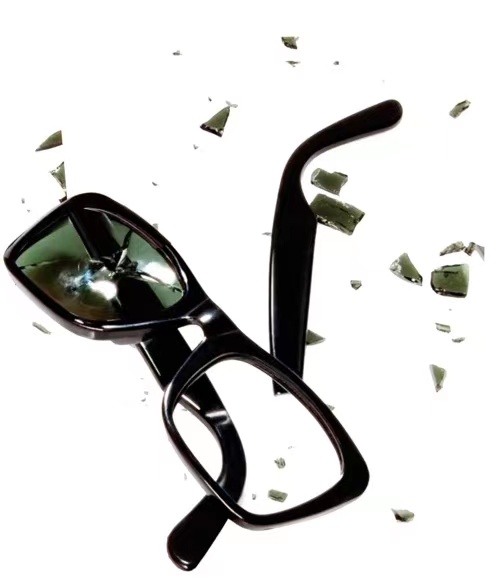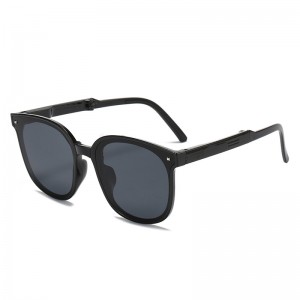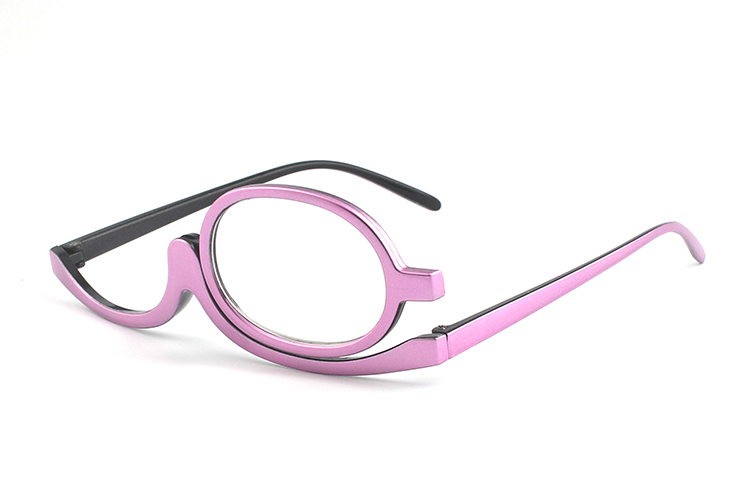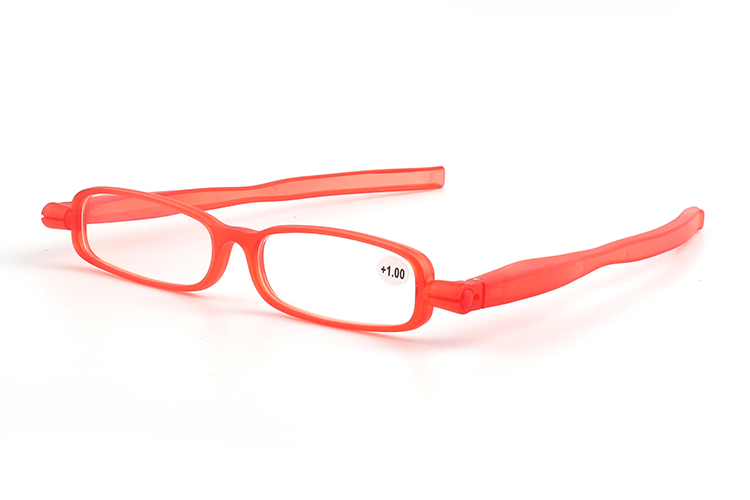New arrival
-

How to Protect Glasses
1. Wearing or removing with one hand will damage the balance of the frame and result in deformation. It is recommended that you hold the leg with both hands and pull it off in a parallel direction on both sides of the cheek. 2. Folding the left leg at first when wearing or removing the gasses is ...Read more -

Best Frame Shapes for Your Face Shape
One of the best ways to narrow down your frame options is to determine what face shape you have. Here are the seven basic face shapes and what frames usually go well with them. Round Face Shape Round faces have a circular appearance with no strong edges or angles. Your face is short, with ...Read more -

The benefits of different colours of Photochromic lens
1. Gray lens: can absorb infrared rays and 98% of ultraviolet rays. The great advantage of the gray lens is that it will not change the original color of the scene due to the lens, and the great satisfaction is that it can very effectively reduce the light intensity. The gray lens can evenly abso...Read more -

knowledge of reading glasses
What lens is good for reading glasses? 1. Under normal circumstances, the material of reading glasses should be made of metal, because only spectacle frames of this material will be better than those of ordinary materials, with strong corrosion resistance and strong impact resistance Generally sp...Read more -

Wearing effect of polarized glasses
Polarized glasses provide another mechanism to protect the eyes. The reflected light from the asphalt road is relatively special polarized light.The difference between this reflected light and the light directly from the sun or any artificial light source lies in the problem of order. Polarized l...Read more -

Inspection of sunglasses
1. The principle of lens UV transmittance detection The transmittance measurement of sunglasses lenses cannot be processed as a simple average of the spectral transmittance at each wavelength, but should be obtained by weighted integration of the spectral transmittance according to the weight of ...Read more -

Injection frame of eyewear
1. Injection material The injection molding process is to melt the plastic rice (mainly PC, plastic steel, TR), and inject it into the mold for cooling. The advantages are high dimensional stability of the whole batch, fast processing speed, and low overall cost. The disadvantage is that most of...Read more -

Metal materials for spectacle frames
1. Gold-enhanced material: It takes a golden silk as the basis, and its surface is covered with a layer of open (K) gold. There are two colors of open gold: white gold and yellow gold. A. gold This is a golden metal with good ductility and almost no oxidative discoloration. Since pure gold (24K) ...Read more -

How to choose the right sunglasses?
1)All sunglasses are anti-ultraviolet. Not all sunglasses are anti-ultraviolet. If you wear “sunglasses” that are not anti-ultraviolet, the lenses are too dark. In order to see things clearly, the pupils will naturally enlarge, and more ultraviolet rays will enter the eyes and the eyes will be af...Read more -

Tips on using sunglasses
1) Under normal circumstances, 8-40% of the light can penetrate sunglasses. Most people choose 15-25% sunglasses. Outdoors, most color-changing glasses are in this range, but the light transmittance of glasses from different manufacturers is different. Darker color changing glasses can penetrate ...Read more -

Knowledge of glasses lenses
1. What kinds of lens materials are there? Natural materials: crystal stone, high hardness, not easy to grind, can transmit ultraviolet rays, and has birefringence. Artificial materials: including inorganic glass, organic glass and optical resin. Inorganic glass: It is smelted from silica, calciu...Read more -

The misunderstanding of sunglasses selection.
Misunderstanding 1: All sunglasses are 100% UV resistant Let’s first understand the ultraviolet light. The wavelength of ultraviolet light is below 400 uv. After the eye is exposed, it will damage the cornea and retina, resulting in solar keratitis and corneal endothelial damage.High-qualit...Read more
